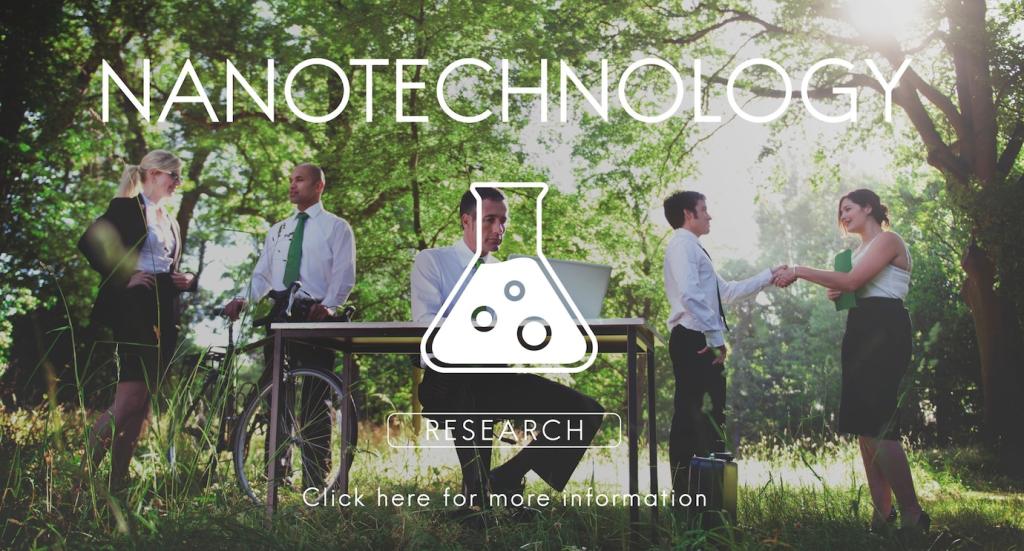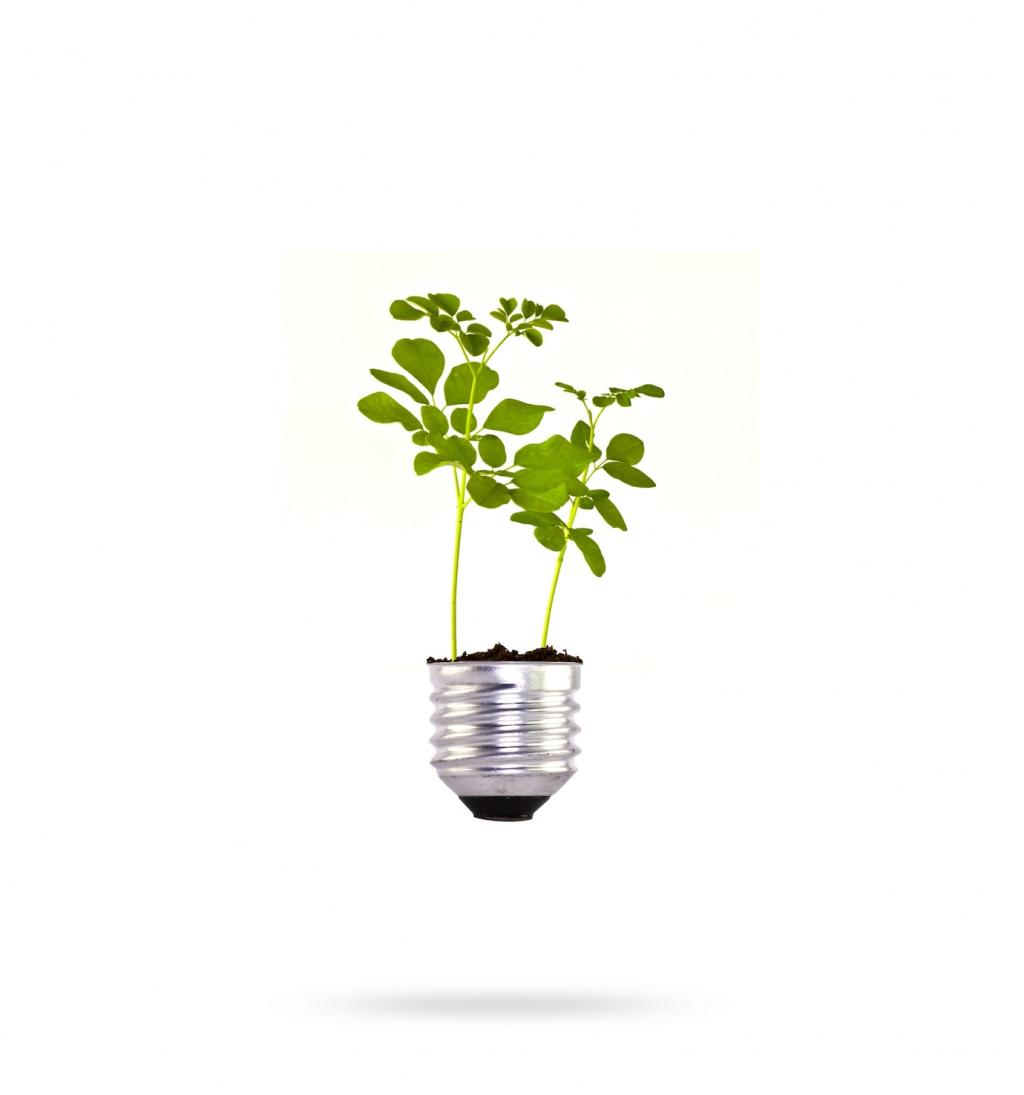This website uses cookies so that we can provide you with the best user experience possible. Cookie information is stored in your browser and performs functions such as recognising you when you return to our website and helping our team to understand which sections of the website you find most interesting and useful.

Innovative Technologies in Eco-Friendly Textile Manufacturing
Modern textile manufacturing is undergoing a significant transformation toward sustainability and environmental responsibility. As the fashion and textile industries face increasing pressure to reduce their carbon footprints and water usage, innovative technologies are playing a pivotal role in shifting traditional processes to more eco-friendly alternatives. By integrating advanced materials, energy-efficient machinery, and cutting-edge digital systems, manufacturers are now able to produce textiles that not only meet consumer demand for quality but also address pressing ecological concerns. This push towards greener practices is reshaping the way fabrics are sourced, produced, and processed, heralding a new era of environmentally conscious manufacturing that balances performance, aesthetics, and respect for the planet.
Advanced Sustainable Fibers
Waterless Dyeing Technologies
Enzyme-Based Textile Processing
Low-Energy and Zero-Emission Finishing




